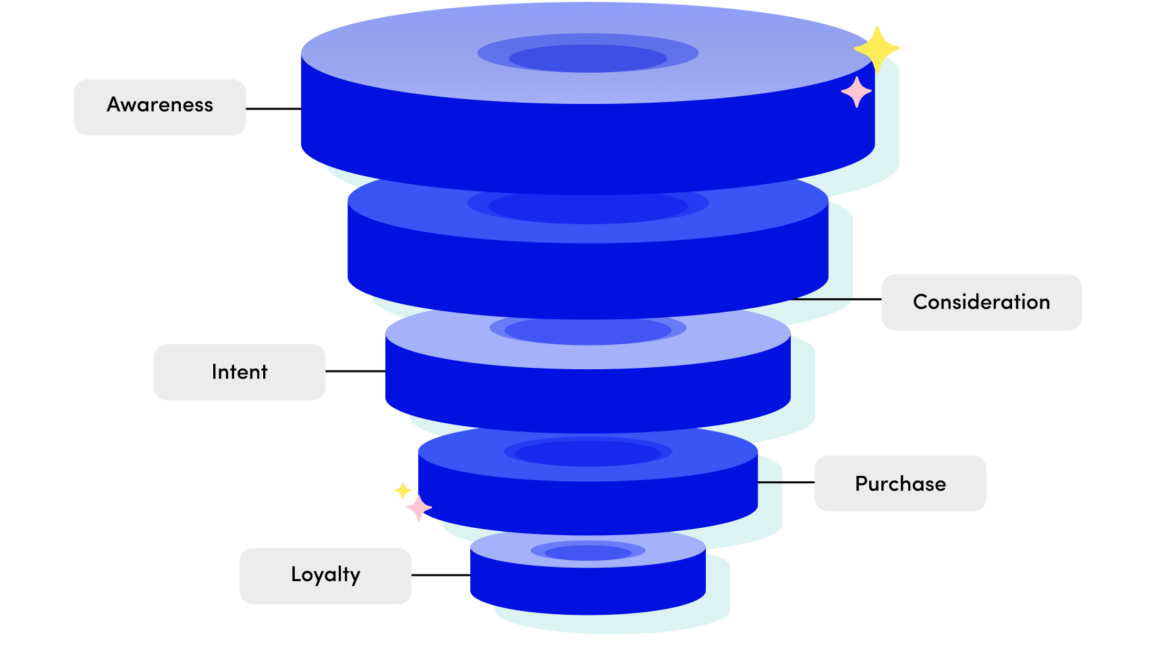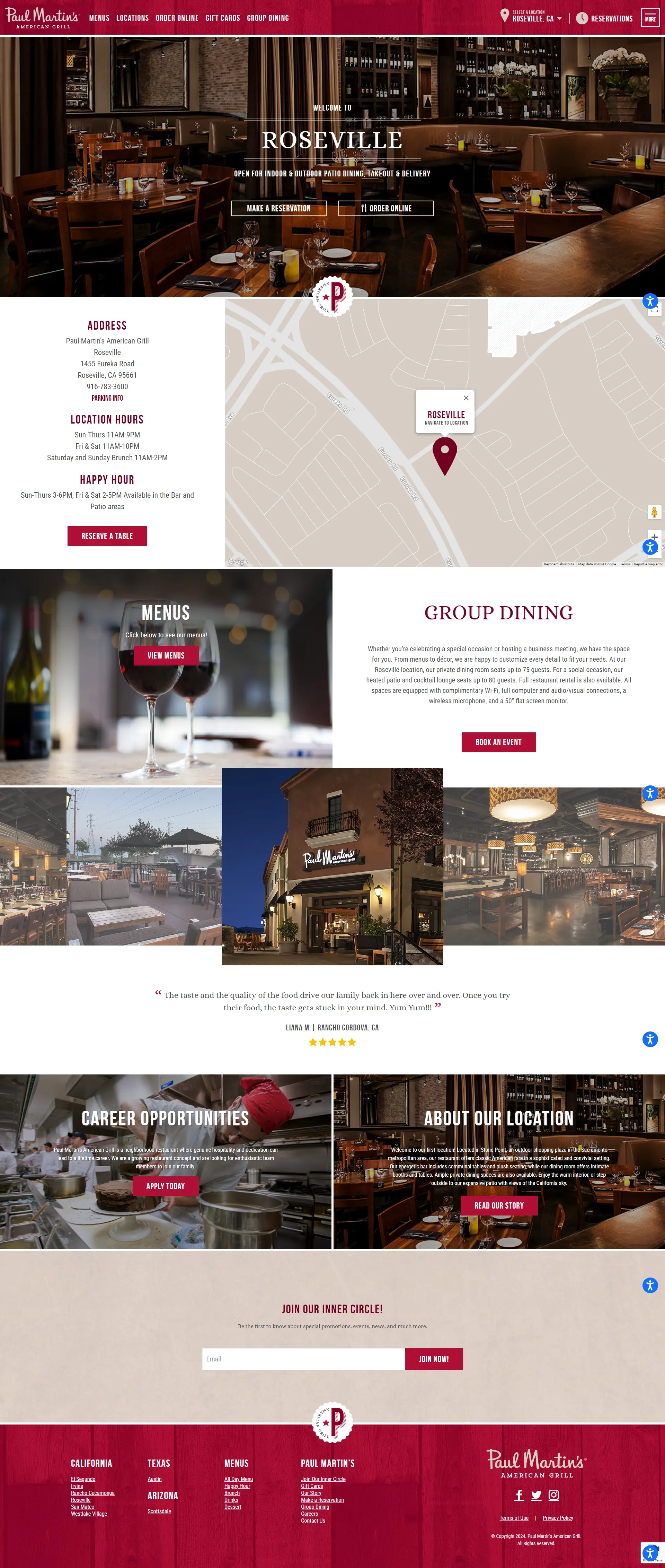In the digital marketing, maintaining a competitive edge is paramount. Lower funnel marketing, comprising Search Engine Marketing (SEM) and Search Engine Optimization (SEO), emerges as a pivotal strategy for marketers aiming to enhance their online presence. This article delves into the significance of lower funnel marketing and how integrating SEM and SEO can drive conversions and revenue.
Unveiling the Marketing Funnel
Before delving into the significance of lower funnel marketing, let’s briefly revisit the marketing funnel—a conceptual model depicting the customer journey, segmented into awareness, consideration, and conversion stages. Lower funnel marketing primarily targets the “conversion” stage, where prospects are on the brink of making purchasing decisions.
The Potential of Lower Funnel Marketing
Higher Conversion Rates: Lower funnel marketing strategically engages individuals already interested in your offerings, resulting in heightened conversion rates. Investing in lower funnel strategies promises immediate results and a substantial revenue upsurge.
Cost Efficiency: Unlike broad, top-of-funnel advertising, lower funnel marketing proves to be more cost-effective by targeting a narrower audience. This precision in targeting ensures optimal allocation of resources, reaching prospects more likely to convert.
Enhanced ROI: Leveraging lower funnel marketing avenues such as SEM and SEO can yield a significant return on investment. By optimizing your website and deploying targeted paid search campaigns, you’re poised to witness a positive impact on your bottom line.
Exploring the Roles of SEM and SEO in Lower Funnel Marketing:
The Role of SEM (Search Engine Marketing)
SEM encompasses paid advertising on search engines like Google and Bing, serving as a cornerstone of lower funnel marketing due to:
Instant Visibility: SEM ensures immediate visibility by positioning your ads atop search engine results pages (SERPs) when users search relevant keywords, placing your brand in front of actively engaged prospects.
Precise Targeting: SEM facilitates highly targeted campaigns, enabling selection of specific keywords, demographics, locations, and optimal ad display times. This precision ensures your message resonates with the right audience at the opportune moment.
Measurable Results: SEM platforms offer robust analytics and tracking tools, facilitating effortless campaign performance assessment, conversion tracking, and strategy refinement.
The Role of SEO (Search Engine Optimization)
SEO endeavors to bolster your website’s organic search ranking, proving indispensable for lower funnel marketing through:
Enhanced Credibility and Trust: Websites occupying top spots in organic search results enjoy heightened credibility and trust among users, instilling confidence in potential customers.
Sustainable Results: Unlike SEM, which delivers immediate but short-term outcomes necessitating ongoing investment, SEO yields enduring benefits. Establishing a robust organic presence ensures sustained visibility with regular maintenance.
Cost-Effectiveness: |While initial SEO investments may be required, its cost-effectiveness surpasses continuous SEM campaign expenses over time. Investing in SEO is akin to owning a valuable piece of digital real estate.
Conclusion
In summary, lower funnel marketing, driven by SEM and SEO integration, is instrumental in augmenting conversions and revenue. By targeting prospects closer to conversion and optimizing your online presence, you can maximize marketing efficiency and propel business growth. Embrace the potential of the lower funnel—it could be the catalyst for unlocking your marketing triumphs.















